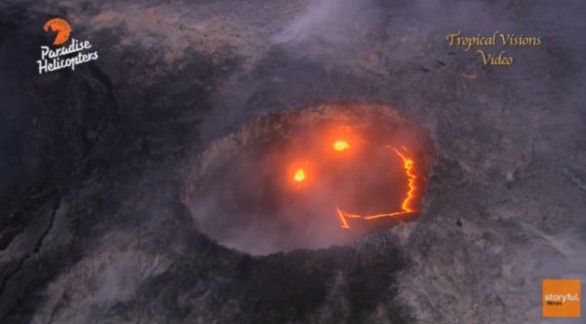A long-sealed “ritual” cave under the Mayan ruins of Chichén Itzá in Mexico’s Yucatán Peninsula has been rediscovered by archaeologists.
Archaeologists hunting for a sacred well below the city rediscovered the sacred cave in 2018. The cave was found to contain over 150 relics, including vases, incense burners and decorative plates adorned with the faces of the ancient gods and other religious icons, according to a statement from Mexico’s National Institute of Anthropology and History (INAH). The artifacts are likely to have remained untouched by human hands for over 1,000 years.
The findings were announced at a press conference in Mexico City earlier this week.
The cave is thought to be just one of seven sacred chambers in a network of tunnels called Balamku (“Jaguar God”), which is located below Chichén Itzá, a city that had been populated by millions of people at its peak during the 13th century.
According to researchers, the cave’s difficult access and structure boost its sacred qualities, suggesting that it had been used for rituals.
According to lead investigator Guillermo de Anda, an archaeologist at the INAH, he and his colleagues crawled for hours at a time through a claustrophobic network of pitch-black tunnels below the city before reaching the sealed ritual cave’s entrance. He told National Geographic that the discovery of the untouched artifacts will provide a deeper insight into the Mayan cave rituals.
“Balamku will help rewrite the history of Chichen Itza, in Yucatan. The hundreds of archaeological artifacts, belonging to seven offerings documented so far, are in an extraordinary state of preservation,” de Anda said in a statement on INAH’s website. “Because the context remained sealed for centuries, it contains invaluable information related to the formation and fall of the ancient City of Water Wizards, and about who were the founders of this iconic site.”
But while the treasures in it had been untouched for a thousand years, the cave itself has had at least one visitor before archaeologists rediscovered it last year. According to National Geographic, archaeologist Victor Segovia Pinto had stumbled upon the ritual cave in 1966 and wrote a report about its discovery.
However, he never excavated it and only ordered local farmers to seal the ritual cave’s entrance. Pinto’s reasons for doing so remains unknown, and his records of the find went missing.













